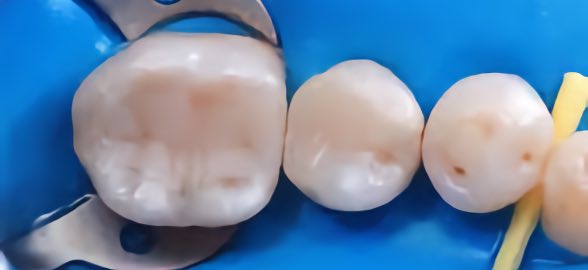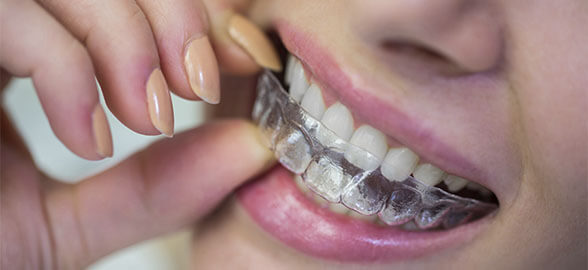Amalgam has been one of the most used materials in dental clinics in recent times, despite its controversies about to the presence of mercury in its composition, It is still used in some countries due to its low cost and great durability. In this article we will tell you everything about this classic dental material, we will talk about its composition, its properties and, in addition, we will try to condense what the current scientific literature says regarding its toxicity and what are the recommendations and exceptions to its use in Europe. Of course, we will also tell you how to remove and dispose of amalgam safely for you, your patients and the environment. Are you ready to update your knowledge?
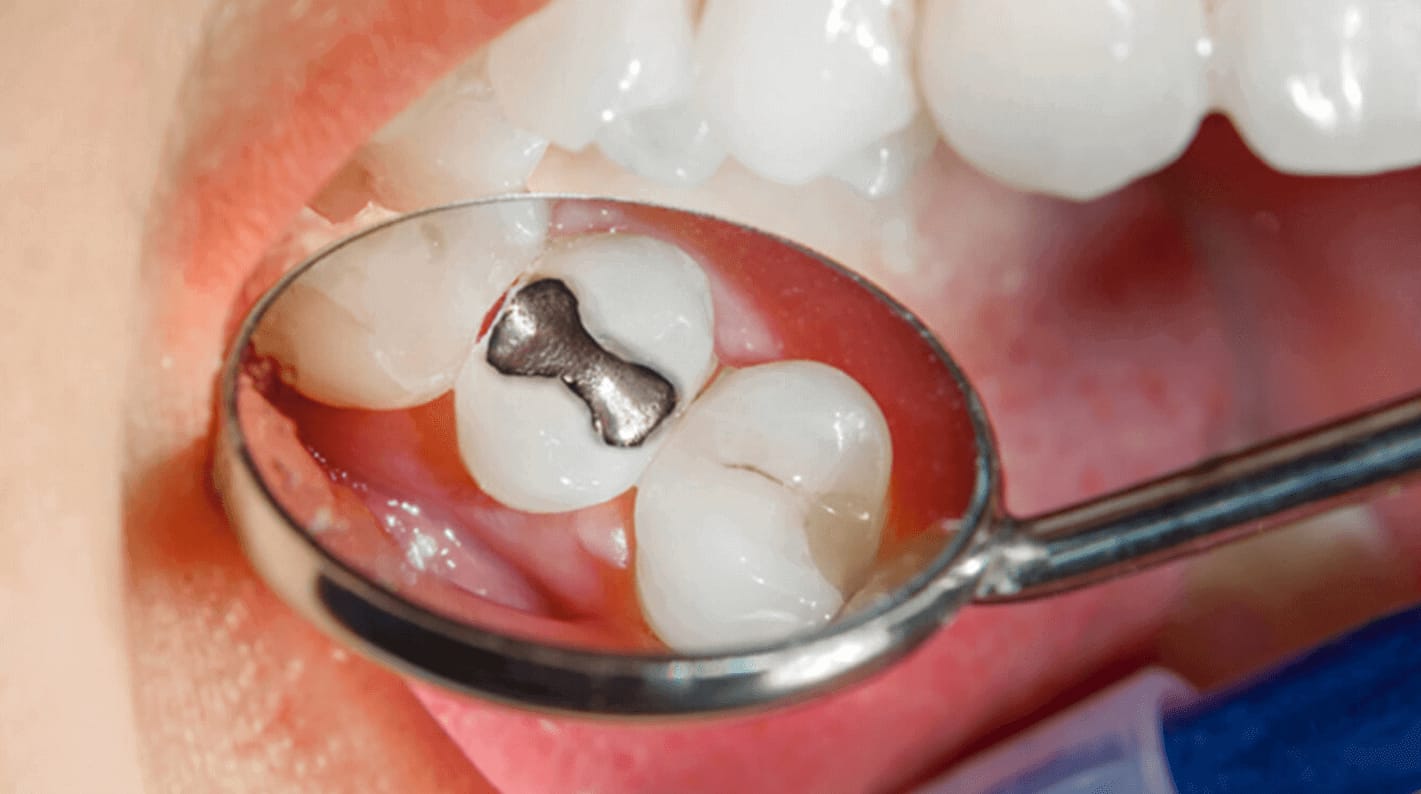
Amalgam: composition and properties
Amalgam is an alloy of liquid mercury with other metals, mainly silver, tin, copper and zinc. It has been used as a restorative material since the 19th century and is still used in some parts of the world, although in more developed countries it is gradually falling into disuse. Its properties of resistance, durability and ease of adaptation to cavities have made amalgam an optimal material, despite the fact that it is not aesthetic or adhesive and that it contains mercury in its composition.
Amalgam fillings are classified as:
- Group I: Conventional or low copper content. (<6%)
- Group II: High copper content. (13 to 29%)
- Group III: Silver-copper eutectic content.
In addition, each of the components of the amalgam fulfills a specific function:
- Silver: Reacts with mercury to produce hardening.
- Tin: Makes the mixture soluble and fluid, it is responsible for forming the gamma II phase (corrosion).
- Copper: Reacts chemically with tin to improve corrosion resistance properties.
- Zinc: Prevents silver and copper from rusting.
General properties of amalgam
- Biological tolerance: It is very unlikely to damage the dentino-pulp organ, however, the controversy centers on the fact that its mercury content could be toxic at a systemic level and alterations may appear in the organism.
- Tooth fixation and marginal sealing: For the amalgam to stay in place, it is necessary that the cavities have a retentive shape, rounded internal angles, a flat floor and a cavosurface angle of 90º.
Physical properties of amalgam
- High stiffness (high modulus of elasticity)
- High compressive strength
- Tensile and bending strength
- Low capacity for permanent deformation
Effects of mercury from amalgam on people's health
The time when patients are most exposed to mercury from amalgam is during placement and removal. Once the teeth are restored, the mercury that is released with the normal wear of the metal does not pose a health hazard, but the situation of dentists and health personnel involved in these procedures is different, since they are more exposed to the vapors of mercury released when placing or removing the restoration.
Today, the amalgam is out of favor and is being displaced by more aesthetic and adhesive materials, but we must not forget that many people have these long-standing restorations and that at some point they will probably have to be removed to be replaced by other stuff. Later we will tell you how to perform this procedure safely.
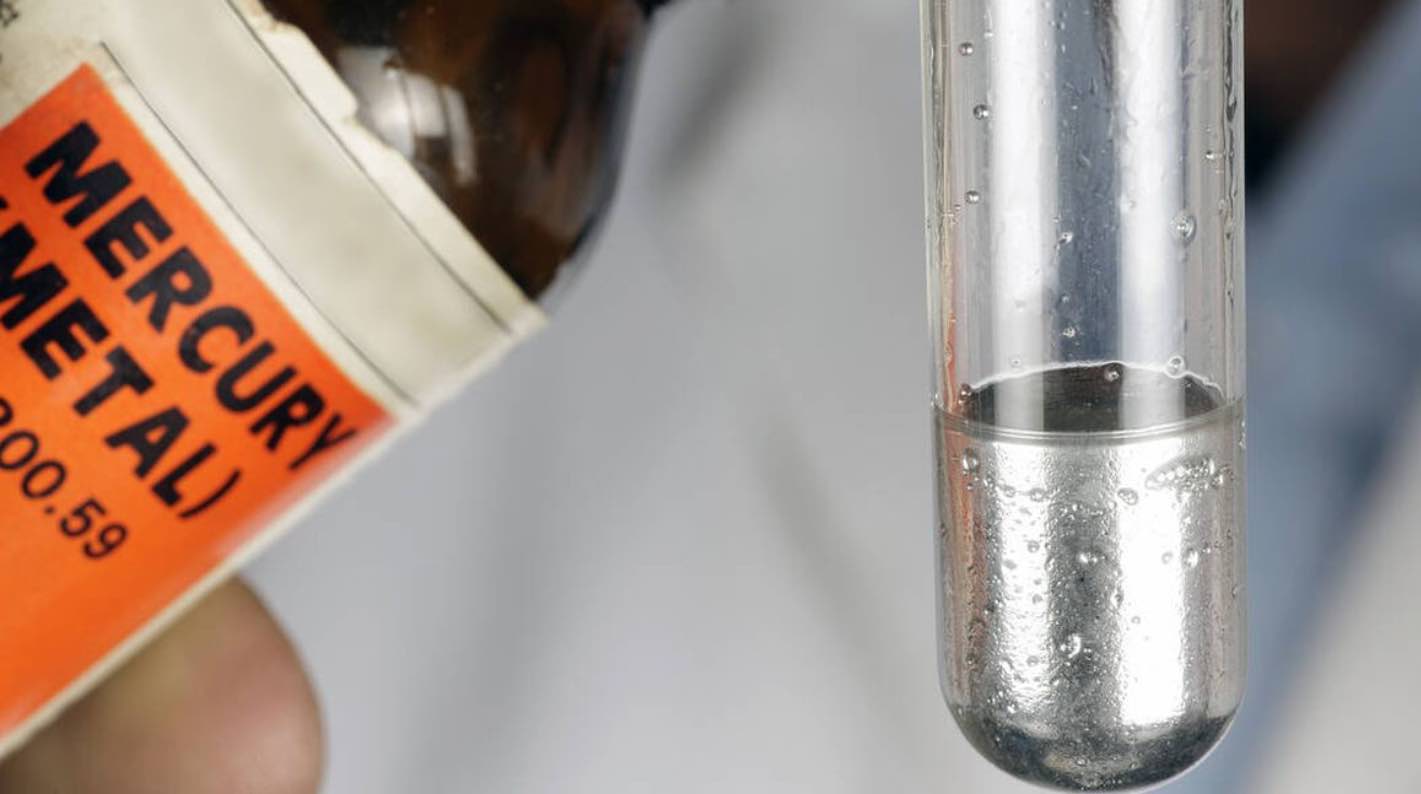
What harmful effects could mercury have on people's health?
It is known that metallic mercury and methylmercury can produce toxic effects in the central and peripheral nervous system. The most dangerous form of exposure is the inhalation of mercury vapor which, in addition to causing damage to the nervous system, can affect the immune system, digestive system, kidneys and lungs, often causing serious damage that can even lead to death.
Mercury is especially dangerous in pregnant women because, methylmercury (its most toxic form), has the ability to cross the placental and blood-brain barriers, causing damage to the developing brain of the embryo.
To all this, we add the damage that inorganic mercury salts can cause, some of its effects are corrosion on the skin, eyes, intestinal tract and if ingested, toxic effects on the kidneys.
Use and removal of amalgam today
The use of amalgam in Europe is declining, not because it can represent a danger to patients who have it, but because of the need to reduce polluting residues in the environment, which, moreover, return to us mainly through consumption of marine products such as fish. That is why since 2018 new regulations have been introduced that aim at the gradual reduction of this alloy, among them:
- As of January 1, 2019, only dental amalgam in the form of pre-dosed capsules is used. You can find a wide variety of them in our category of dental amalgams and you will also find all the instruments necessary for your application, such as amalgam holder, dappen glasses, burnishers , among others. Remember that for the mixing and use of the amalgam capsules you must have an amalgamator .
- As of July 1, 2018, dental amalgam is not used for treatment of primary dentition, children under 15 years of age, pregnant or lactating women, except when the dental professional deems it strictly necessary.
- Also, since the same date, dental office operators must guarantee that their clinics have amalgam separators to retain and collect the particles that are generated, including those contained in the used water. These amalgam separators must guarantee, at least, the retention of 95% of the alloy particles. Remember that at Dentaltix we have the best amalgam separators, to minimize your waste and take care of the planet.
- Dental professionals must ensure that amalgam waste, including amalgam debris, particles and fillings and teeth or parts of it contaminated by dental amalgam, is treated and collected by a waste management authorized.
How to safely remove an amalgam restoration?
While much has been said since the Global Minamata Treaty (Japan) about reducing mercury emissions to protect human health and the environment, little has been said about the Responsible and safe ways to remove a restoration, protecting the patient, dentist and dental clinic staff from inhalation of mercury vapors. That is why we want to leave you some simple tips:
- You must have an amalgam separator in the suction pump.
- We advise you to use high volume intraoral (with filter) and extraoral suction. In addition, it is important that the environment in which you do the procedure is ventilated.
- Protect yourself and your assistant with a complete PPE, including clinical clothing, cap, safety glasses, mask and gloves. If you look like an astronaut, don't worry, nothing is superfluous.
- Also, protect the patient with a waterproof barrier, a surgical field on his face and goggles. If you have the possibility to use an oxygen cannula for your patient, it is highly recommended.
- Always use absolute isolation with rubber dam. Do you already know the Vidu rubber dams? You will love it.
- Make sure you use new burs and that your turbine has highly efficient cooling to keep the amalgam cold throughout the procedure.
- If possible, avoid removing amalgams from pregnant or lactating patients. The same applies to you and the staff at your dental clinic.
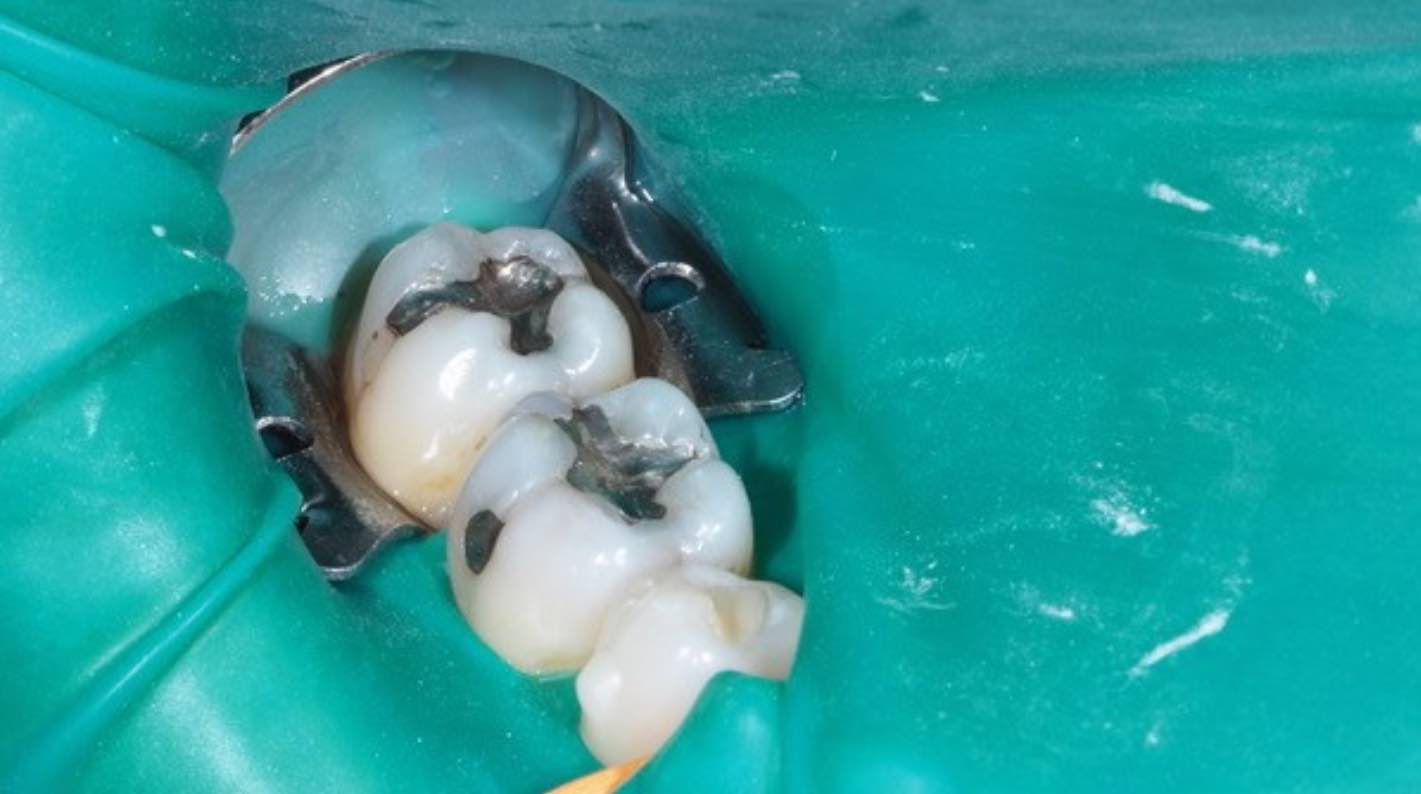
What did you think about it? Do you agree with the total elimination of amalgam as a restorative material? Opinions are divided, although the European Union hopes that it will cease to be used before 2030, others believe that this would generate inequalities, cancellation and delays in treatments, because the use of adhesive materials implies a greater economic investment and in many countries the the cost of dental care is not covered by social security and must be borne directly by patients from their budget. Follow us on our social networks and tell us what you think about it. See you soon!



